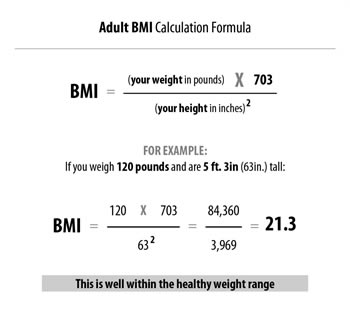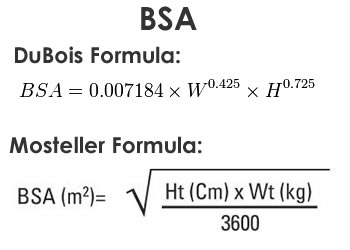Difference between BMI and BSA
Key Difference: BMI, abbreviation for Body Mass Index, is a body measurement technique that measures the body’s weight in relevance to its height. BSA stands for body surface area, and as its name suggests, it measures the body’s surface area.

According to research, there are a greater percentage of people who are now overweight or obese, as compared to before. This is mainly due to an increase in the sedentary lifestyle. Nowadays, there are many more people who spend most of their day in an office, sitting in front of a computer, as opposed to decades earlier, when people used to spend the whole day working in factories, or in the fields. This transition has led to a decrease in physical activity, and an increase in body weight.
After people realized the negative impact of reduced exercise and movement, there were many different types of body measurement techniques developed to find out just how much of an impact did it have on an individual body. BMI and BSA are two such techniques. They help measure the body to see how healthy it is.
BMI, abbreviation for Body Mass Index, is a body measurement technique that measures the body’s weight in relevance to its height. It can be said that it is in fact a ratio of the body’s weight and the body’s height. It is calculated as mass(kg)/height(m)2. Alternately it can also be calculated as (mass(lb)/height(in)2)x703. BMI is also often calculated on the basis of a table or chart, which usually has different BMI categories segregated on it.
Depending on the output, the person is categorized as either underweight, average weight, or overweight. However, BMI is often criticized by health officials as being very simplified and limited. The major concern with BMI is the fact that it only takes into consideration height and weight, and ignores aspects such as fitness level, age, or body composition. Due to this, an short athlete and a tall obese person often have the same BMI, even though one is obese and the other very fit and healthy.

BSA is another body measurement technique that is often utilized. BSA stands for body surface area, and as its name suggests, it measures the body’s surface area. While the ideal way to measure this would be physically, this process is very complicated and time consuming. Hence, the body surface area is often estimated via a formula. There are many different formulas for measuring this; however the most commonly used is the Du Bois formula, which states the BSA = (weight (kg)0.425 x height (cm) 0.725) x 0.007184. Another common one is the Mosteller formula, which states that BSA (m2) = SQRT( [Height(cm) x Weight(kg) ]/ 3600 ).
While there are no official categories, there is an ideal BSA for men and women. The individual BSA is checked against this ideal BSA. BSA is considered as a better indicator of metabolic mass than body weight because it is takes the whole body into account. BSA is in fact used medically to determine the dosage of medicines, especially for chemotheraphy.
Comparison between BMI and BSA:
|
|
BMI |
BSA |
|
Full Form |
Body Mass Index |
Body Surface Area |
|
Description |
The individual's body mass divided by the square of their height. |
The individual's measured or calculated surface area of a human body |
|
Methods |
Via formula, or though a table or chart. |
Via formula |
|
Gender |
Uses the same method and formula for any gender. |
Uses the same method and formula for any gender. |
|
Formula |
mass(kg) height(m)2
(mass(lb) x703 height(in)2) |
DuBois: BSA (m2) = (weight (kg)0.425 x height (cm) 0.725) x 0.007184
Mosteller: BSA (m2) = SQRT( [Height(cm) x Weight(kg)]/ 3600 ) |
|
Classification |
|
Average BSA:
|
Image Courtesy: kingsweightlossclinics.co.uk, en.wikipedia.org, dailymed.nlm.nih.gov









Add new comment